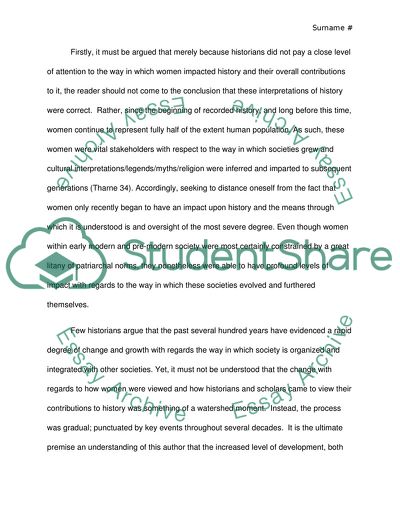Cite this document
(Womens History: A Brief Overview Essay Example | Topics and Well Written Essays - 1750 words - 1, n.d.)
Womens History: A Brief Overview Essay Example | Topics and Well Written Essays - 1750 words - 1. https://studentshare.org/history/1804999-essay-2-make-a-topic
Womens History: A Brief Overview Essay Example | Topics and Well Written Essays - 1750 words - 1. https://studentshare.org/history/1804999-essay-2-make-a-topic
(Womens History: A Brief Overview Essay Example | Topics and Well Written Essays - 1750 Words - 1)
Womens History: A Brief Overview Essay Example | Topics and Well Written Essays - 1750 Words - 1. https://studentshare.org/history/1804999-essay-2-make-a-topic.
Womens History: A Brief Overview Essay Example | Topics and Well Written Essays - 1750 Words - 1. https://studentshare.org/history/1804999-essay-2-make-a-topic.
“Womens History: A Brief Overview Essay Example | Topics and Well Written Essays - 1750 Words - 1”. https://studentshare.org/history/1804999-essay-2-make-a-topic.


